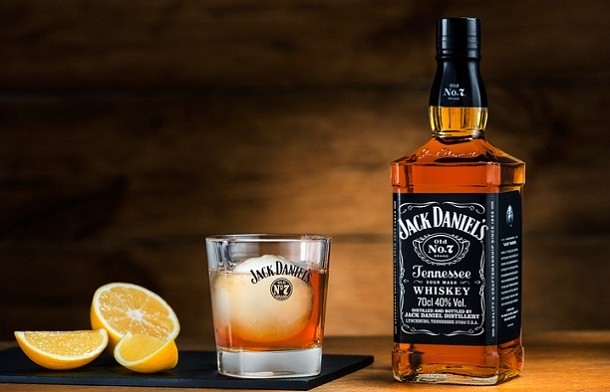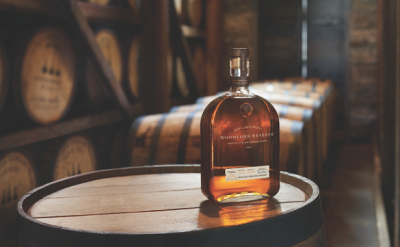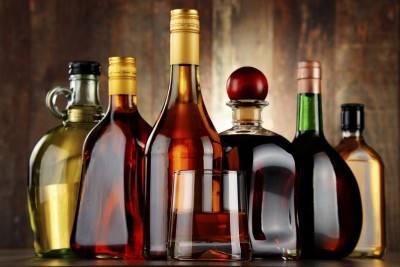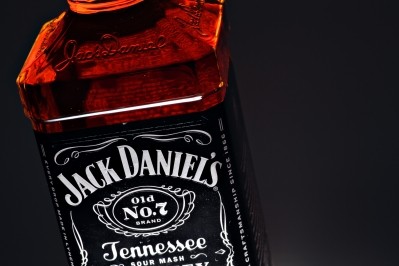Brown-Forman website makes nutrition information publicly available for consumers

The website includes nutritional information on Jack Daniel’s Tennessee Whiskey, Finlandia, Canadian Mist, Jimador, Herradura, Sonoma-Cutrer, Chambord, and Woodford Reserve.
Brown-Forman, which previously provided nutritional information to customers upon request, says it wanted to make the process easier for consumers. The company’s consumer branded websites and social media pages will be adding a link to the nutrition website over the next several months.
“We believe the more information a consumer has, the better prepared they can be to make smart, responsible decisions about their alcohol consumption,” said Brown-Forman corporate responsibility director, Rob Frederick, said.
The nutritional site will initially provide nutritional information for the company’s three largest markets: the US, UK, and Australia, and will add additional countries and languages over the next year.
In addition to providing standard nutritional labeling information, such as calories, fat, sodium, and carbohydrates, the site provides alcohol content per standard drink.
Not a consumer-led trend
Senior alcoholic drinks analyst for Euromonitor, Spiros Malandrakis, said that the move to make nutritional information of alcoholic beverages more visible is not coming from consumers. He believes that it is a way for larger companies to maintain a competitive advantage over the smaller, niche alcohol segment.
“There’s been an attempt by major corporations within the category to do something that the micro segment would find financially not feasible to do because of the very high cost of revamping their entire line and providing all this information,” he said.
According to Malandrakis, an alcohol brand will not outperform others in the category if it promotes itself as healthier or “low-calorie.”
“We have to remind ourselves, people have never historically drank alcohol with the primary target of getting healthier,” he added.
“Interest for low-calorie products never really lives on more than a couple of quarters. Historically, it has always tended to be a fad.”
Move to provide more information for consumers
The Alcohol and Tobacco Tax and Trade Bureau (TTB) has been pushing for required nutritional labeling for alcoholic beverages since 2007, and has seen some success in the beer industry.
In 2013, the TTB released voluntary guidelines for the use of serving facts statements on alcohol labels.
“We are making this change to allow industry members to provide truthful, accurate, and specific information to consumers about the nutrient content of their products on a per serving basis,” the bureau said at the time.
In July 2016, Anheuser-Busch, MillerCoors, and Heineken USA agreed to include calorie content and other nutritional information on their beer labels, after the Beer Institute announced the Brewer’s Voluntary Disclosure Initiative calling for brewers to adopt nutritional labeling by 2020.
In Europe, a 2015 pledge from The Brewers of Europe saw Heineken, Carlsberg, AB InBev and SABMiller commit to listing ingredients and nutritional information on beer.










